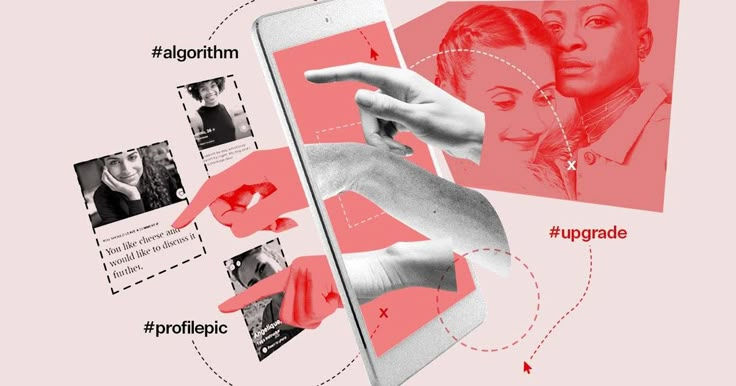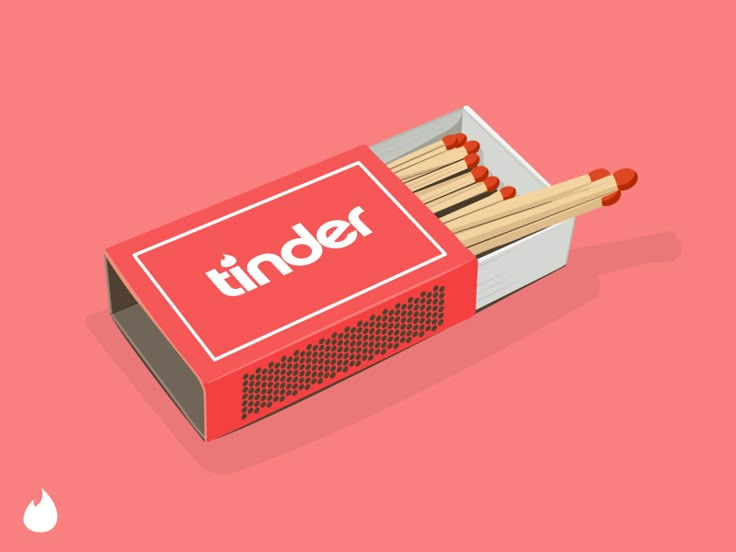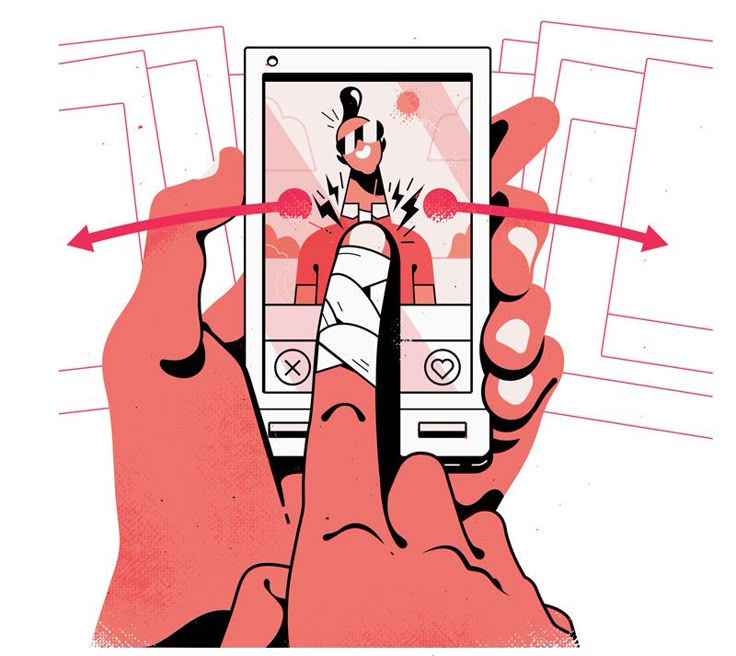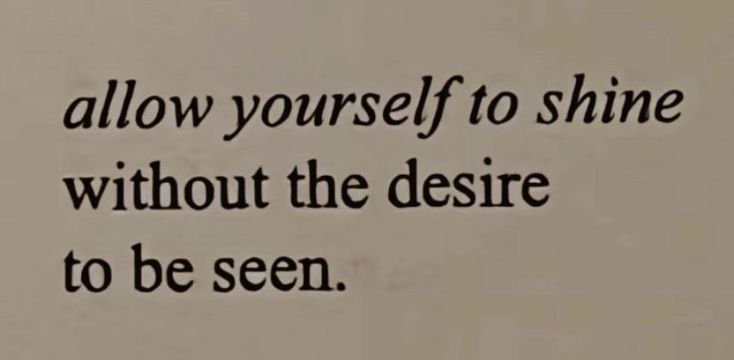From Hesitator to Intentional Dater
- Anna Redd
- Apr 22
- 3 min read
Taking Dating in the Digital Age at UToledo has given me the tools to rethink how I view relationships, dating, and especially how I show up in digital dating spaces. I identified with the Hesitator in Logan Ury’s How to Not Die Alone, which helped me reflect on how perfectionism and fear of vulnerability were slowing my decision to date. This course encouraged me to stop waiting for the "right time" and start learning through experience. It was also incredibly affirming to realize that many people are navigating the same “mid” experience. Everyone has to deal with the awkward first messages, missed signals, and occasional ghosting. But that doesn’t mean we’re dating the wrong way, sometimes it’s just the natural experience.

Whether it was sharing real experiences through discussions in-class or working through the Love Tank development project, I subtly started to become more comfortable using dating apps. Understanding how apps are intentionally designed helped me see how behavior is shaped not just by users, but by design. Sometimes it’s not just the user’s fault that the experience is sub-par, but the system they’re using. I wish we would’ve explored a little further how the graphic design of dating apps impacts communication and dating habits

For example, Tinder’s minimalist, “gamified” format encourages swiping over thoughtful interactions. The use of bold red and white colors, large profile photos, and the dopamine-driven animation of a match creates a fast-paced, reward-centric environment. According to Lutz and Ranzini (2017), this visual setup fosters short-term thinking and encourages judgment based on appearance.
Alternately, Hinge uses muted tones, curated prompts, and soft-edge design elements to visually suggest emotional safety and depth, which aligns with its tagline “designed to be deleted.” Castilho and Sousa (2021) argues that these visual elements act as “affordances,” which subtly shape user’s expectations and their levels of self-disclosure. Even font choice, button shape, and choice of layout contribute to how seriously a user takes a platform.

David and Cambre (2016) also emphasize how visual design reinforces performance: “profiles aren’t just digital resumes; they’re aesthetic compositions”. People are not only crafting bios but “designing impressions” through carefully selected photos, layout alignment, and profile balance. The visual design creates a “script” for users, which encourages certain types of communication and discourages others.

Exposing myself to various apps and understanding the psychology aspects of design helps me approach dating apps with more awareness. It also gives me a new lens for everyday digital communication. Moving forward, I plan to continue questioning the digital environments I’m participating in, while also acknowledging that many factors go into shaping the digital dating experience. I believe as long as you’re intentional about your interactions, mindful of safety, and confident in expressing your full self, that your dating experiences will reflect that and hopefully be conducive to your journey to find love.
References:
Rahbari, L., Kavka, M., Paisley, E., Zimman, L., Mercier, F., & Boross, B. (2023). Roundtable: Affordances, diversity, and inclusion on dating apps - A dialogue between sociologists and media studies researchers about ‘hinge.’ DiGeSt - Journal of Diversity and Gender Studies, 10(1). https://doi.org/10.21825/digest.87181
Ranzini, G., & Lutz, C. (2016). Love at first swipe? explaining tinder self-presentation and motives. Mobile Media & Communication, 5(1), 80–101. https://doi.org/10.1177/2050157916664559
David, G., & Cambre, C. (2016). Screened Intimacies: Tinder and the Swipe Logic. Social Media + Society, 2(2). https://doi.org/10.1177/2056305116641976




Comments